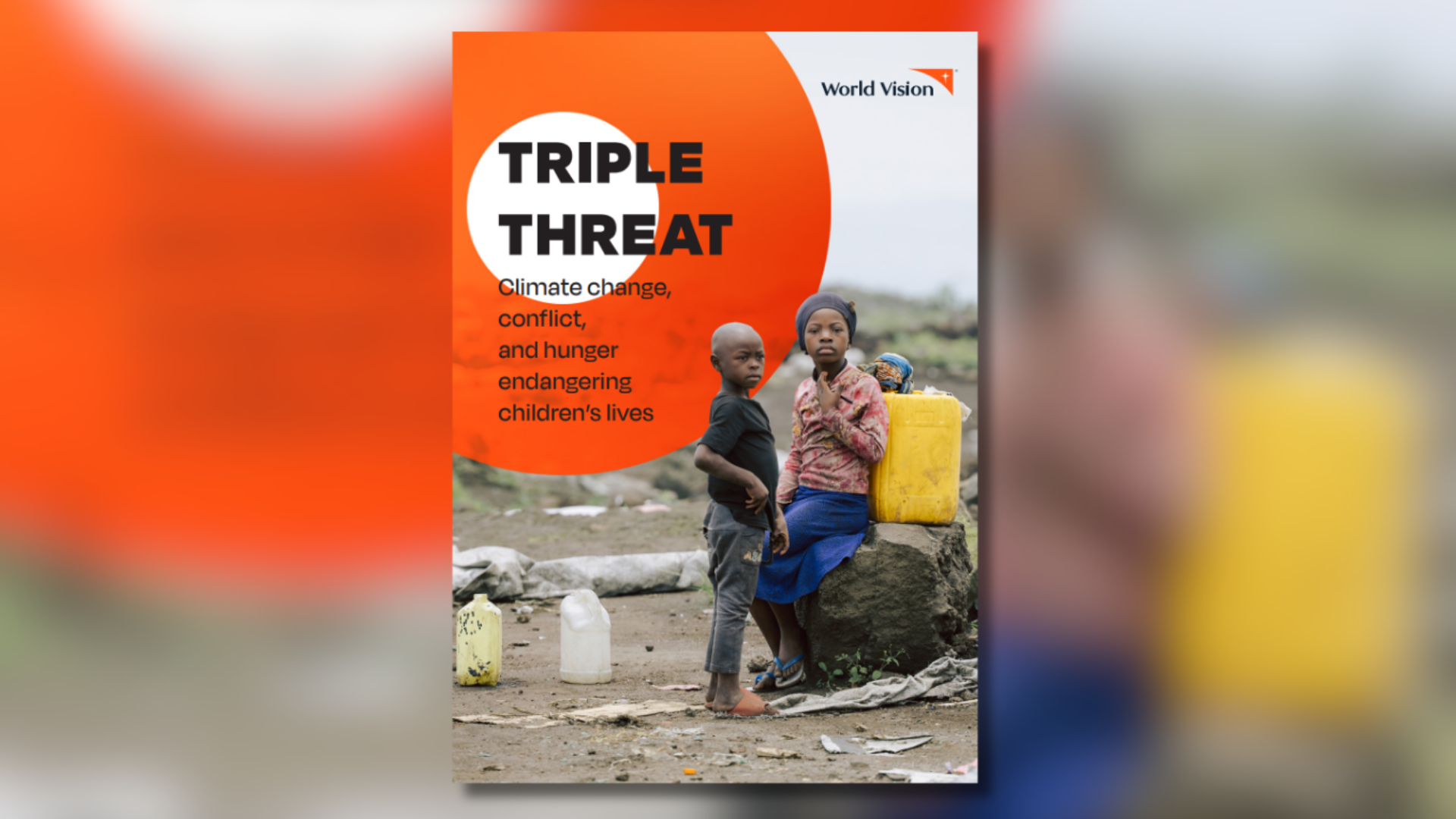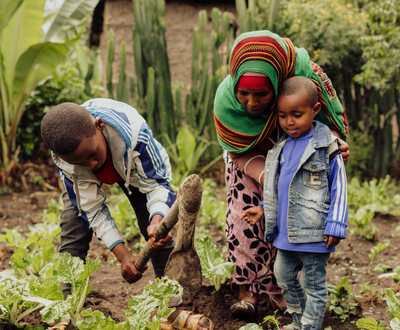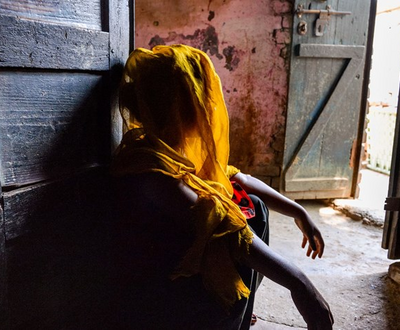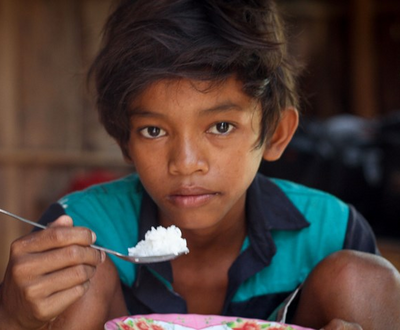
About the report
More than 3,700 adults from 12 countries in Central America, South Asia, Oceania, Africa and the Middle East participated in quantitative surveys, interviews with key informants and focus group discussions on the ways in which climate hazards, conflict and hunger affect their lives. The survey was first conducted in August 2023, and in September 2024, a slightly modified questionnaire was used for Syria, Afghanistan, and Somalia, adding several questions to measure shock exposure. Using baseline tables, correlation and regression analyses, it was analysed whether community members felt that climate change and the effects of climate hazards actually contributed to an increased likelihood of conflict.
The offices were selected for inclusion based on their capacities, relevant exposure to climate, conflict and hunger, and geographical extent. Each office selected a specific region within its country (or a region in the case of the dry corridor). The results should therefore not be generalised to the countries as a whole, but only to the areas that were of interest, namely Ghor in Afghanistan, Centre Est in Burkina Faso, Haut Katanga and Lualaba in the Democratic Republic of Congo (DRC),1 Anbar in Iraq, Bougainville in Papua New Guinea (PNG), Galmudug in Somalia, Northern Syria and Puttalam in Sri Lanka. The results from a number of urban, rural and indigenous communities in El Salvador, Guatemala, Honduras and Nicaragua are summarized as the Dry Corridor. Climate, conflict and hunger create spiralling crisis for world's most vulnerable.
Key Findings
- Nearly 90% of people surveyed see climate change as a serious threat to their communities
- More than 60% of people said that climate shocks lead to more conflict in their communities. In Syria and Afghanistan, the proportion was even over 90%.
- Climate impacts, hunger and conflict are inextricably linked: people who said climate hazards made it difficult for them to access water or food were 27% more likely to witness conflict, and those who had experienced a reduction in grazing land were 32% more likely to witness it.
- Nearly 60% of respondents said climate change is driving people either out of or into their communities, showing how environmental pressures are driving migration and potentially fueling local tensions.


